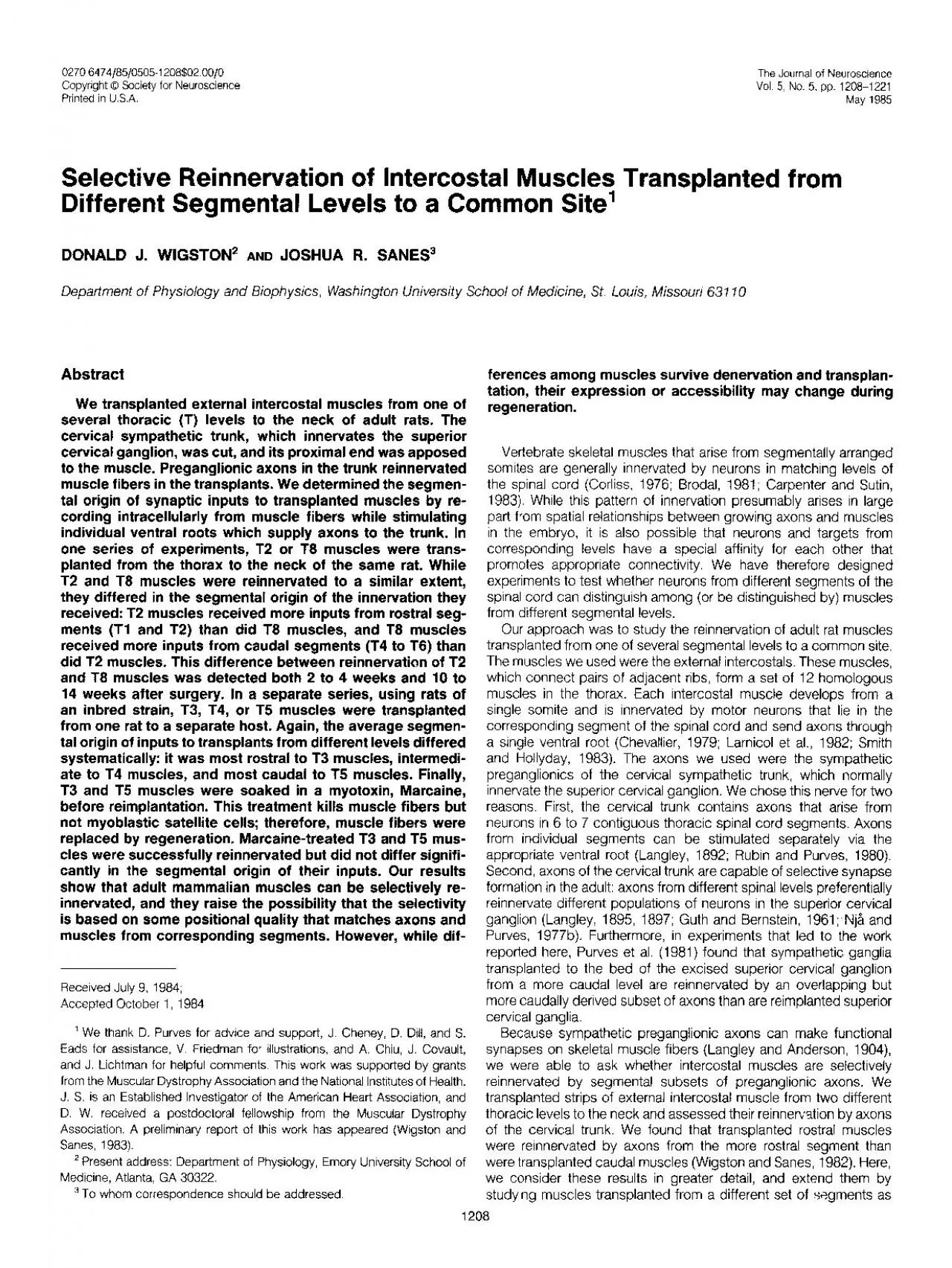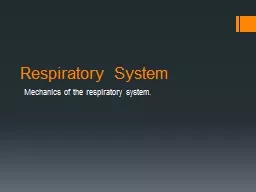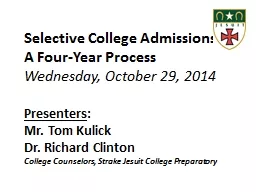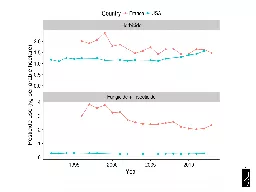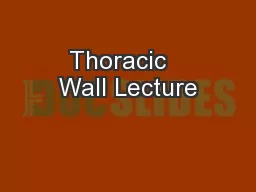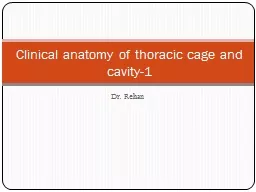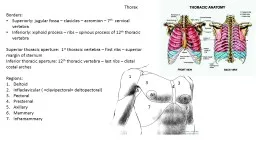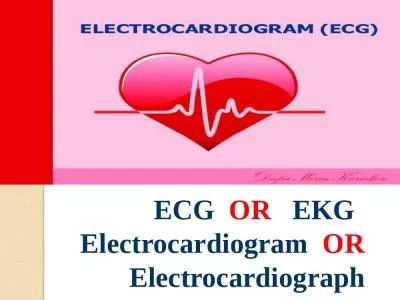PDF-Selective Reinnervation of Intercostal Muscles Transplanted from Diffe
Author : cappi | Published Date : 2022-10-29
DONALD J WIGSTON AND JOSHUA R SANES3 Depaltment of Physiology and Biophysics Washington University School of Medicine St Louis Missouri 63110 Abstract We transplanted
Presentation Embed Code
Download Presentation
Download Presentation The PPT/PDF document "Selective Reinnervation of Intercostal M..." is the property of its rightful owner. Permission is granted to download and print the materials on this website for personal, non-commercial use only, and to display it on your personal computer provided you do not modify the materials and that you retain all copyright notices contained in the materials. By downloading content from our website, you accept the terms of this agreement.
Selective Reinnervation of Intercostal Muscles Transplanted from Diffe: Transcript
Download Rules Of Document
"Selective Reinnervation of Intercostal Muscles Transplanted from Diffe"The content belongs to its owner. You may download and print it for personal use, without modification, and keep all copyright notices. By downloading, you agree to these terms.
Related Documents

